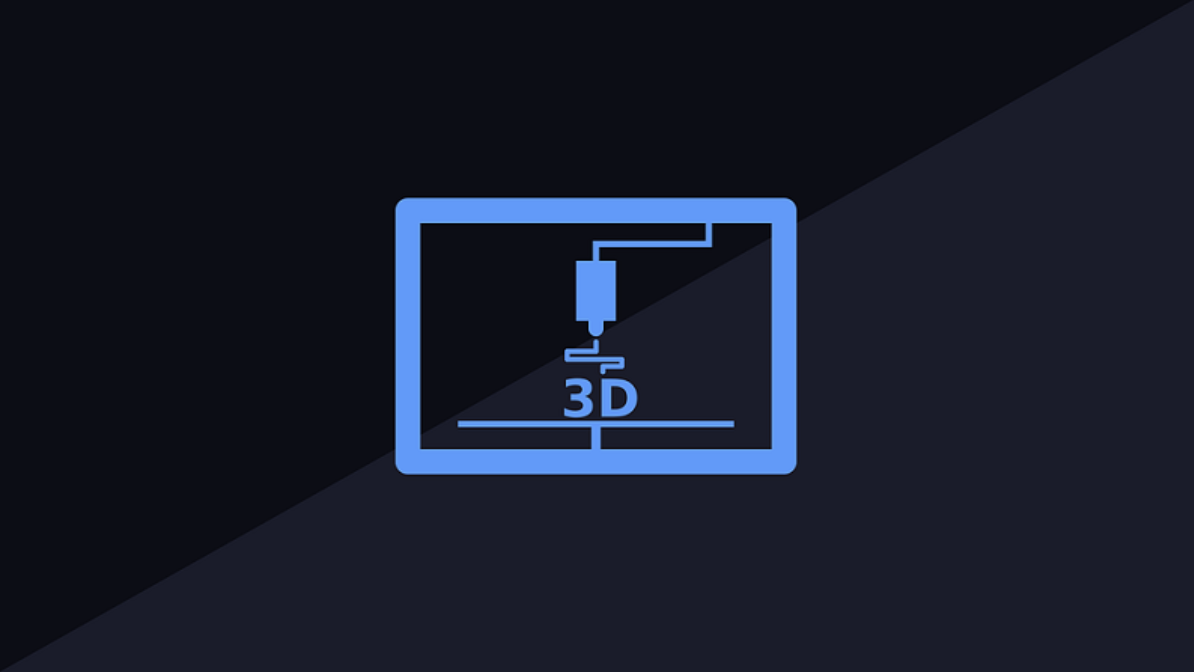3D printing means creating physical-three dimensional objects through additive processes. Also known as additive manufacturing, 3D printing involves adding a material layer one by one to make the object. This process is unique because it makes it possible to solidify materials like powder grains or liquid molecules and create a 3D object – all by using computer software. Unlike traditional manufacturing, 3D printing requires less material to make complex shapes and even allows you to manufacture objects from your own home. The best part is that you can do a lot with a 3D printer, whether creating a toy for your child or a new door handle.
In 3D printing, the three-dimensional image is created via computer-aided software (or CAD), which further has to be analyzed. During this stage, CAD systems and analysis tools switch sensitive data, posing cybersecurity risks, as the 3D print could either be corrupted or stolen. Therefore, a solution is required to protect the company’s intellectual property, and that’s where blockchain technology plays a vital role. The digital ledger can track the design files’ origin and evolution and provide a timestamp record of all the design modifications, which can then be distributed across different organizations and departments. This way, everyone involved in the 3D print will know how the process goes in a safe manner. Due to its decentralized nature, blockchain ensures that no one can steal or alter a 3D-printed file, which would be incredibly difficult. As a result, using blockchain with 3D printing can help decrease cyber risk and protect intellectual property rights.
Blockchain can also help solve the counterfeit issue, as during the manufacturing process, a physical part can be tagged with an identification number and recorded in the ledger. This unique identification number can be scanned to trace back information in the blockchain, thus helping determine if the product is original or copied. Moreover, the technology can also be utilized to build a distributed network of 3D printers globally. This would allow manufacturers to monitor and limit the number of printed product copies, helping meet quality standards and preventing the creation of counterfeits.
Through blockchain and smart contracts, companies can issue licenses to users so that a specific number of 3D images is printed, ultimately leading to business expansion. Let’s say a particular company authorizes another to print 150 copies of its 3D images. In this case, the smart contract will store the license, ensuring that the 3D files can only be accessed by the recipient, namely the other company. Moreover, the blockchain can also store the serial numbers of every printed component to prove that the quantity and type of the files are created based on the license terms. This ensures that the company will only print that specific quantity rather than make more copies and sell them later on the market.
3D printing is indeed an innovative technology, but it poses specific challenges that must be addressed. Fortunately, blockchain is a promising solution, helping transfer sensitive data and ensuring a product isn’t copied. Combining blockchain with 3D printing means creating new business opportunities, assisting companies in overcoming data security barriers, and facilitating manufacturing. Moreover, 3D printing can also help ventures improve their value proposition by boosting value delivery and providing more affordable products, which are more customized and with fewer risks.


Recent Comments